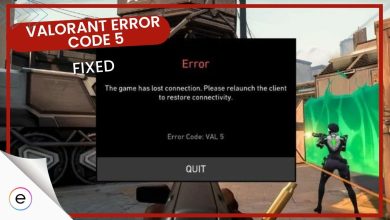Enemy Highlight Color customization has been a part of Valorant since the game’s early beta period. It’s a crucial part of Valorant as it can single-handedly determine how well you can spot your enemies from afar. With some fairly distinct outline options, the community has constantly made side-by-side comparisons to determine the best enemy highlight color to use in Valorant.
- Valorant uses highlight colors for ally and enemy distinction.
- There are four enemy highlight colors in Valraont: Red, Purple (Tritanopia), Yellow (Protanopia), and Yellow (Deuteranopia).
- Choosing the best enemy highlight color depends on visibility, reaction time, popularity, and consistency across maps.
- Each color has pros and cons, but personal preference matters the most.
- Top considerations: Yellow for visibility, Red for popularity, Purple for aesthetics.
- Change enemy highlight colors in General Tab settings.
- Why Trust Us: With 2550+ hours in the game, Daniyal is a trusted source for Valorant guides!
Best Enemy Highlight Color In Valorant
A list of all the highlighting colors in Valorant is presented below:
| No. | Colors | Types | Used For | Advantage |
|---|---|---|---|---|
| 1 | Yellow | 2 | Visibility | Easy to spot enemies. |
| 2 | Red | 1 | Popularity | Do not blend in backgrounds. |
| 3 | Purple | 1 | Aesthetics | Stylistic and Unique. |
1. Yellow (Protanopia/Deuteranopia)
It’s no surprise that yellow, the brightest highlight color, would be the best option as an outline. Most Valorant pro players like TenZ, Scream, Brax, and HIKO use and prefer yellow as their main enemy highlight color and rarely ever change it themselves.
Since it’s the brightest, yellow often sticks out like a sore thumb the most in nearly any location. Whether an enemy is hiding behind Radianite boxes or walls or sticking to a dark corner, one tiny silhouette of their gun or body will poke through and reveal their location. Even in yellow-themed maps like Bind, Haven, and Ascent, you’ll likely never confuse an enemy with this highlight color since it’s so distinct.

Protanopia vs Deuteranopia
There are two options of Yellow that you can select in Valorant – Protanopia and Deuteranopia. For most players, both of these versions will look completely the same. However, players with a colorblind deficiency, specifically green, will be able to spot green shades more quickly with Deuteranopia.
Similarly, players who have difficulty spotting red should use Protanopia, as it helps identify red shades in-game. So, it comes to personal preference, although generally, these two look the same.
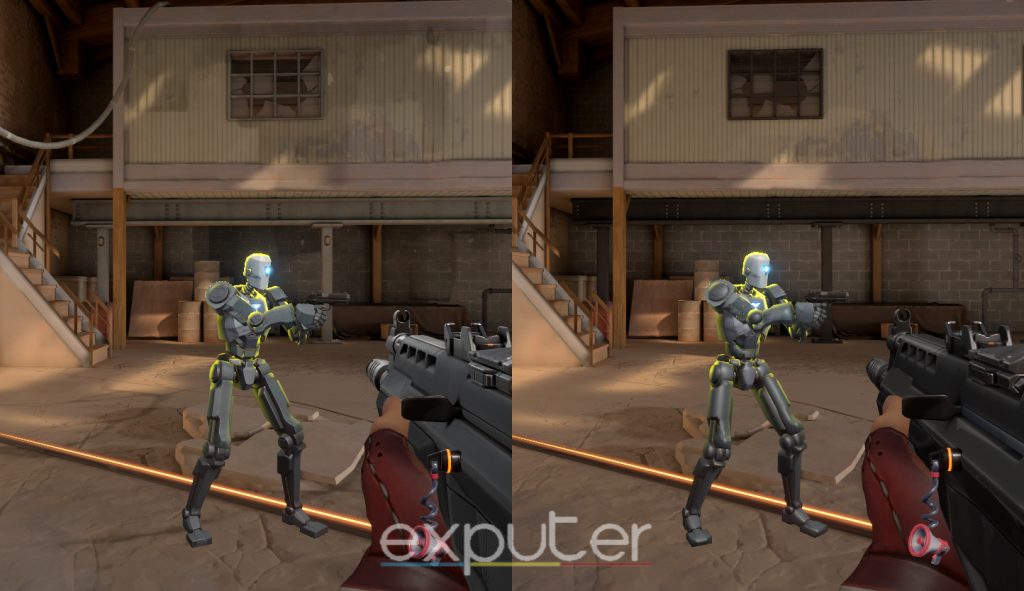
- Brightest Color
- Stick out the most
- Easy to spot enemies
- Long range visibility
- Does not blend
- Hard to identify enemies with the same color, Raze or Killjoy
- Used by less number of players
- Not popular
2. Red
Red is the default enemy highlight option, which most newcomers and veterans will be familiar with. It’s also the most popular outline in the Valorant community, as most players, including pros like Sena and ACEU, don’t bother changing it to another color. Therefore, most clips you’ll see from Valorant players will likely have red as their enemy highlight color.

Most players will already feel right at home with color as it matches the “enemy” scheme, like the enemy smokes, enemy kills, and agents‘ bar on top being red regardless of your outline.
Other popular competitive FPS games like CS: GO and Splitgate also have red as their default option to highlight hostiles. As such, this is the best enemy outline color in the game in terms of familiarity and having a natural look.
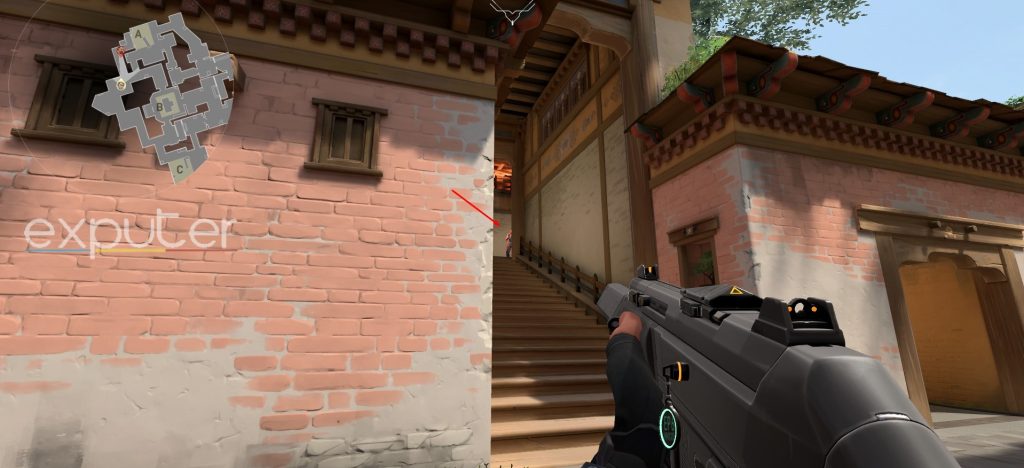
- Most popular
- Fairly Vibrant
- Recommended by professionals
- Default color for many games
- Does not blend
- Difficult to identify in dark corners
3. Purple (Tritanopia)
Despite being a unique highlight color, purple barely has any tactical advantages over red or yellow. It’s the least bright option on the list. Thus, tracking it at long range can sometimes be difficult. Aside from its general pros and cons, this enemy highlight color is the recommended option for players with Tritanopia. In this condition, a person experiences difficulty differentiating between blue and yellow.

-
- The first thing that you’ll notice about this outline color is that it’s fairly unique.
- Not many competitive games like Valorant have this outline, which is why most players who use it agree on it being a “pretty highlight color.”
- These blue-themed maps, with their slight purplish hue, force you to see the outline twice before confirming it’s an enemy.
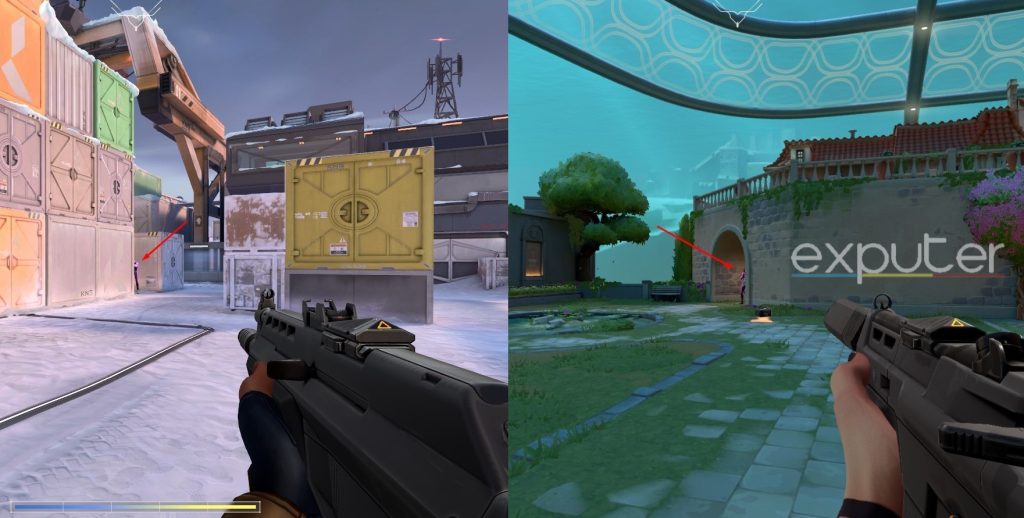
-
- Similarly, this color can also attach itself to purple-themed agents like Reyna and Kay-O. When either of them is in their Ulted forms, you can hardly tell if they’re actually allies or enemies.
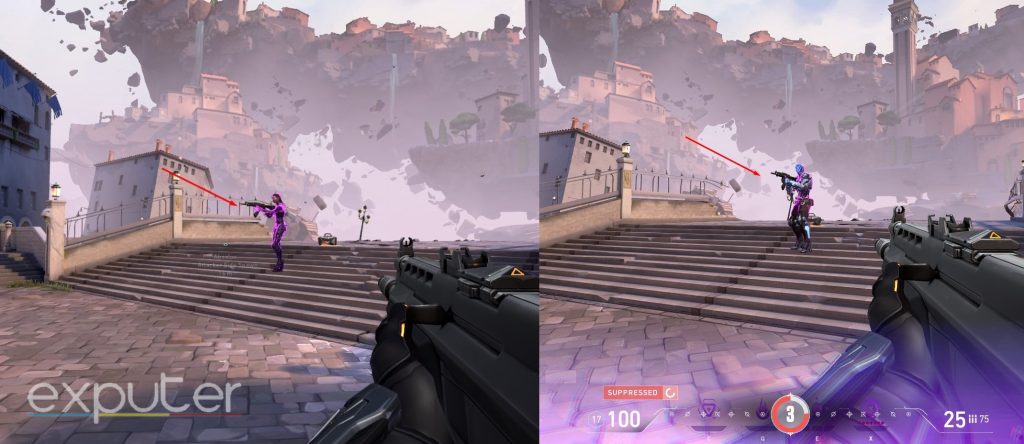
- Stylistic and Unique
- Used by a few professional players
- Used by Shroud
- Noticeably dimmer
- Not a familiar color
- Least used
Criteria For Ranking Highlight Colors
The key aspects to consider when choosing the best enemy outline are listed below:
- Visibility at long-range, which includes brightness, vibrance, and
- Blending consistency with environments
- Players’ reaction to spotting the color
- General Review by some of the best Valorant players
How To Change The Enemy Highlight Color
- To change the enemy highlight color, head over to the Settings menu by pressing the Esc key in-game.
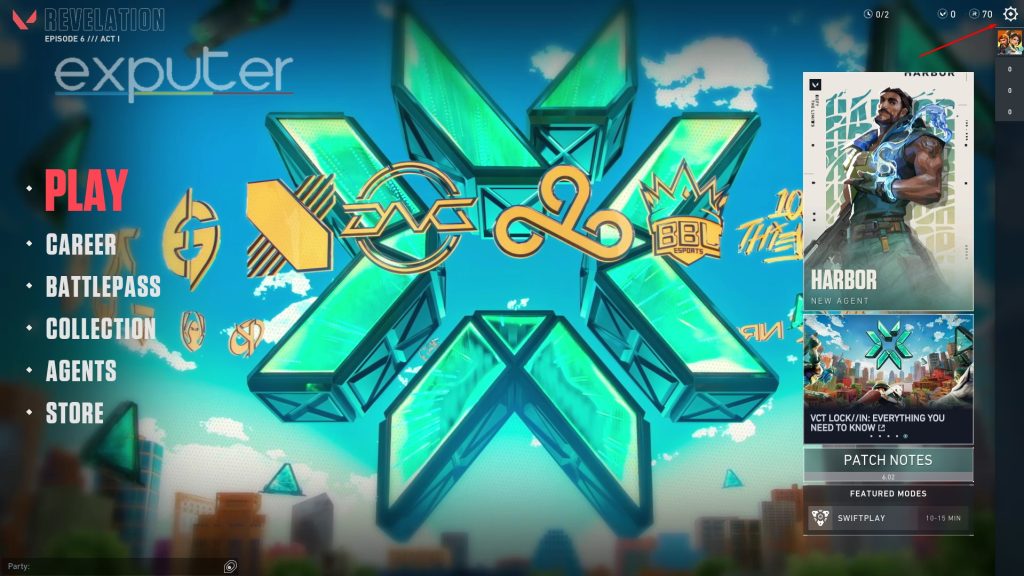
-
- Now click on the General Tab, and you’ll see the Enemy Highlight Color settings as the 2nd topmost option.
- From here, you can choose any highlight color you want from the drop-down menu, and the settings will apply automatically.
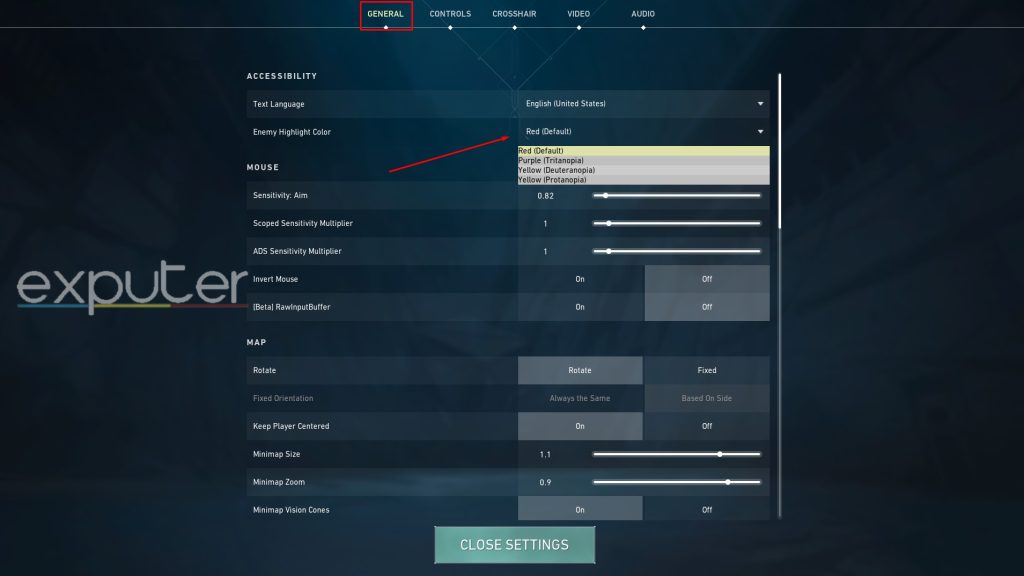
My Enemy Highlight Color
As a First Person Shooter hardcore player who has been playing Valorant for years now, I have set Yellow as my enemy highlight color. As there are two variants available in yellow, so, I prefer using the Protanopia type. Well, there are not really any reasons behind using the Protanopia color; however, it makes it easy to spot the enemy, and I personally prefer using Yellow Protanopia.
That wraps up our complete enemy highlight color comparison guide and how you can change it in the game. As mentioned, always test out all the outline options before you decide on your main one. Don’t try to replicate a specific pro player’s setup because they, too, have chosen their setup on personal bias. Go with your own instinct and choose the enemy highlight color you feel will get you easier kills.
If you want to know other tips and tricks for the game, here are the Best Valorant Aim Trainers in 2023 that can help you reach Radiant faster. You can also check out our Valorant FPS Optimization guide for PC to reduce system latency, stuttering, and ghosting. And why not check out our Valorant review by Moiz Banoori while you are here?
Next:
Thanks! Do share your feedback with us. ⚡
How can we make this post better? Your help would be appreciated. ✍
 Fact Checked By
Fact Checked By 
